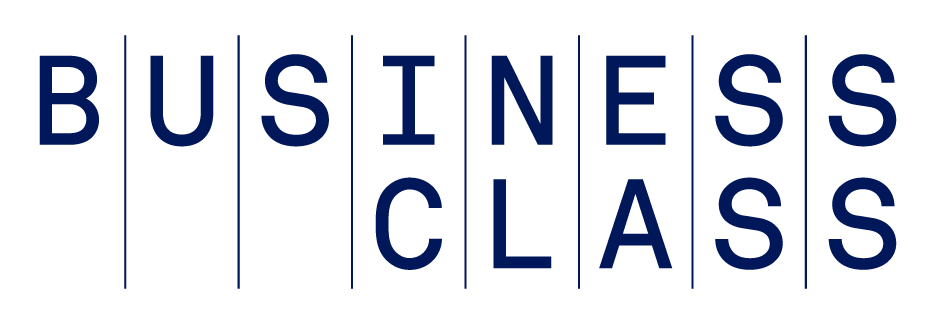Did you ever look at a set of financial statements and wonder what it all meant? Would you like to know how to get more value out of the information?
You’re not alone. Many business owners find that learning to read, truly understand, and benefit from their financial statements is a challenge.
I like to think about it this way: Your financial statements tell the story of your business— using numbers instead of words.
Accounting is the universal language of business. In the simplest sense, it is the process of recording what happens in a business on a daily basis. Sure, we’re recording the dollars involved in each transaction, but we are also recording the economic meaning of the transaction and categorizing it in a way that will give us useful information later for decision-making and planning.
After being entered using the categories on the chart of accounts, the accounting data is summarized into a standardized format, which is broken down into three different financial statements:
- Balance Sheet
- Income Statement
- Statement of Cash Flows
Let’s look more closely at these three basic financial statements and analyze the story they’re telling us.
The Balance Sheet
The balance sheet is also referred to as the “Statement of Financial Position,” and that’s exactly what it’s about. This statement tells the story of what your business owns (assets) and what it owes (liabilities) as of a given moment in time (say, December 31). It is literally a “snapshot in time.”
During the month, as transactions are recorded, the impact of each transaction on the assets and liabilities of the business is also recorded. For example, when you make a cash sale, you not only record income, but you also record an increase in the value of an asset — your cash balance. When you incur an expense, you record the amount of the expense, but you also record the reduction in the value of your cash. (This is why it’s called “double entry” accounting!)
The difference between the assets and the liabilities of the business represents the book value of the owner’s equity in the business. In a corporation, this is referred to as shareholder’s equity.
The balance sheet is used primarily to help us understand the financial strength of a business. Changes in the balance sheet accounts over time help us understand important trends in the business as well.
The Income Statement
The income statement can also be referred to as the “Statement of Activities.” This statement tells the story of what your business actually accomplished during the time period that it covers (for example, the month of December). It does this by summarizing the economic results of all of the transactions that occurred during that time, and letting you know if you made or lost money on those activities.
You can learn a lot about your business from analyzing the income statement. It’s not enough to simply know if you made or lost money. You will also want to use this statement to understand exactly where your money is going each month.
Also, by comparing different spending categories as a percentage of sales from month-to-month and watching your sales, cost of goods sold, and spending trends, you can get a pretty good idea of any changes that you need to make to become more profitable. Negative trends on the income statement are important to investigate — don’t ignore them!
The Statement of Cash Flows
Last, but certainly not least, is the statement of cash flows. Many businesses don’t bother with this statement, but it’s an extraordinarily important storyteller. This statement explains the change in your cash balance from the beginning to the end of the time period, by breaking down your business activity into three sections:
1. Cash flow (in or out) from operations
2. Cash flow (in or out) from investing activities (for example, funds used to purchase assets to run the business)
3. Cash flow (in or out) from financing activities (such as loan proceeds or loan repayments)
Since good cash flow is critical to any business, it’s extremely important to clearly understand where your cash is coming from and where it’s going. This statement is a little trickier to learn to read, but it is worth the effort.
Understanding the story of your business as told through your financial statements is a powerful tool for business success. You’ll be glad that you took the time to learn the language!
JoAnne Berg, CPA is the founder/CEO of Peer Coaching Network, Inc. in Carlsbad, California. She is a trusted business advisor with over 30 years of experience as an entrepreneur, CFO/COO, and CPA/advisor to closely held businesses. Read her blogs at The Art of Small Business. You can follow her on Twitter @JoAnneBerg and on Facebook.


